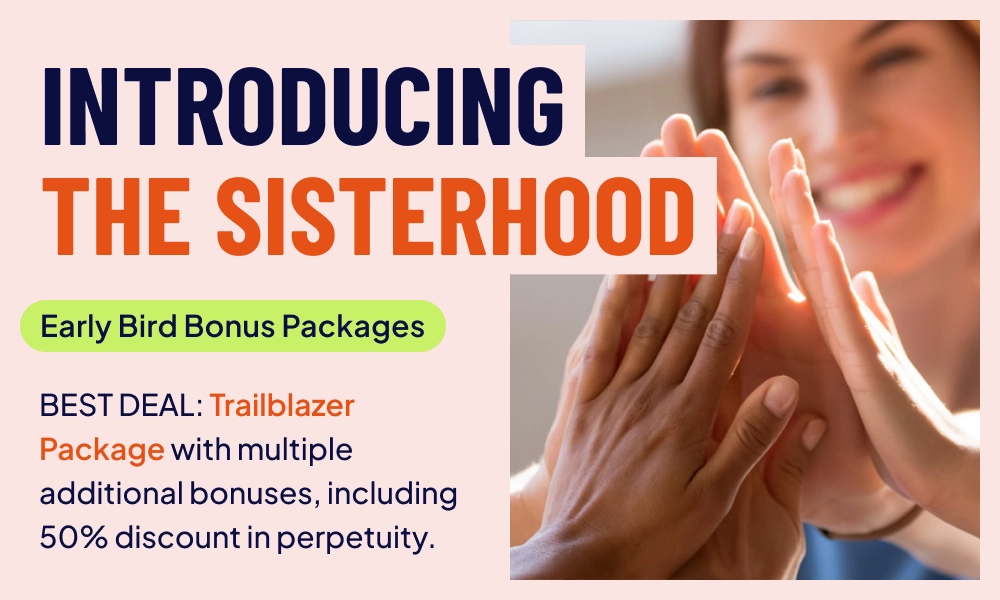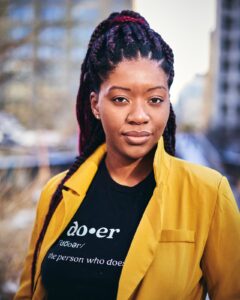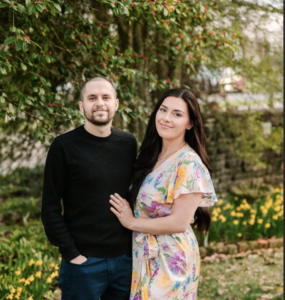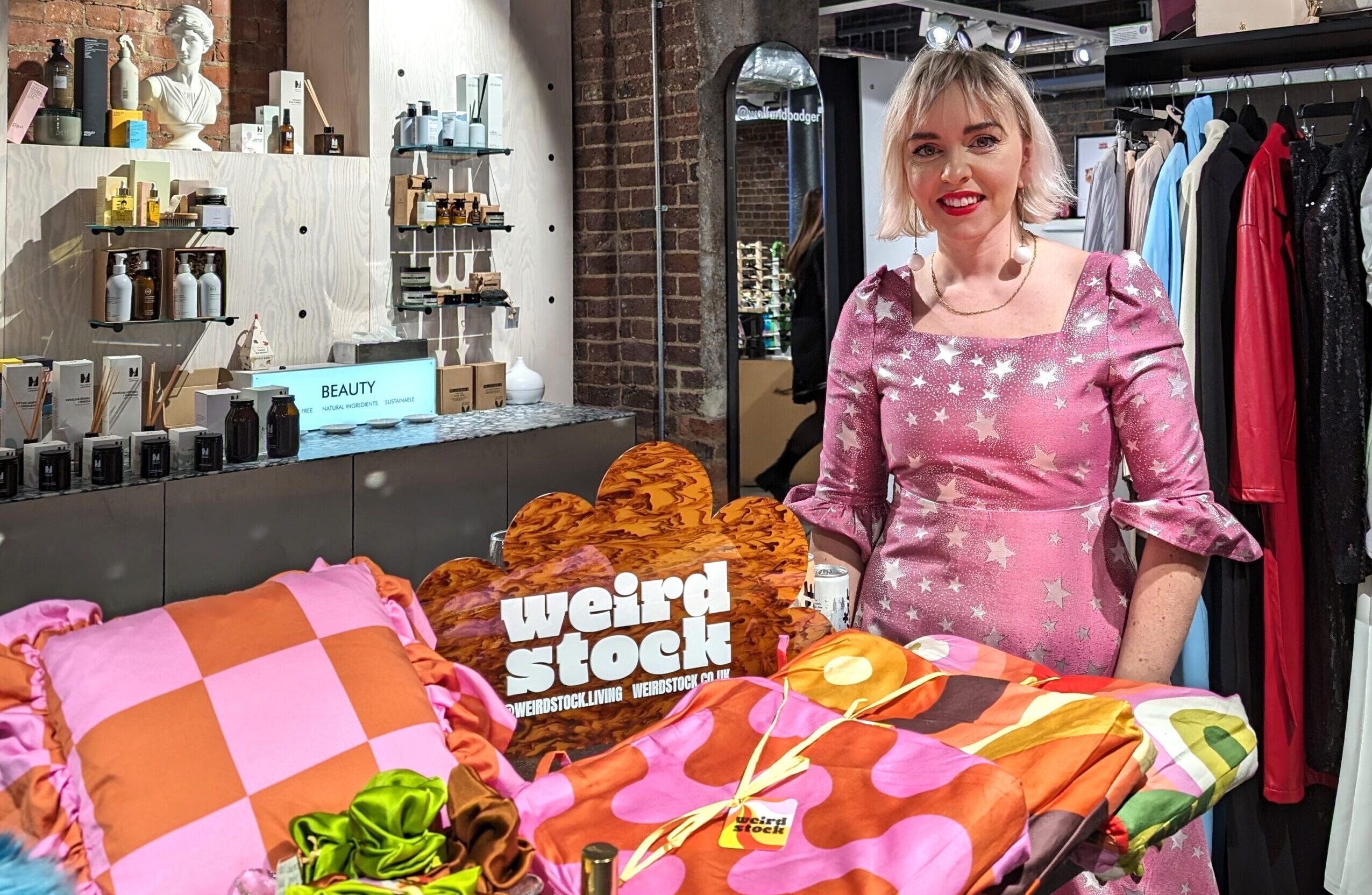In an era where conscious consumerism is more important than ever, Christy Hobart is leading the charge with her innovative venture, Shoo for Good. Born from a simple desire to enjoy her garden without the annoyance of mosquitoes, Christy’s journey combines sustainable fashion with a mission to combat malaria. Drawing on her background in fashion design and her experiences as a magazine editor, she crafted beautiful, insect-repellent clothing that not only enhances outdoor living but also gives back to communities in need. With every purchase, customers help provide essential resources like bed nets for families affected by malaria, making each wrap a symbol of hope and change. Join us as we explore Christy’s inspiring journey, her vision for a better world, and the impact of her work at Shoo for Good.
- What inspired you to start Shoo for Good, and how did you come up with the idea of combining sustainable fashion with mosquito protection?
My garden is an extension of my home where I read at the end of the day, have friends over for drinks and dinner, swim with the kids, and raise fruits and vegetables. We all love spending time out there but, a few years back, found we were doing it less and less because of a new phenomenon here in Santa Monica: mosquitoes! What if there was something I could slip on and off instead slathering myself in DEET?
I knew there was mosquito-repellent clothes designed for camping, hunting, and fishing, but I wasn’t going to wear that in the garden! I looked around for solutions but couldn’t find anything beautiful, so I started dreaming of what I would want myself for entertaining outdoors, relaxing, and traveling.
Before becoming a magazine editor, I’d studied fashion design in Paris and worked in the business there, so I knew what would be involved in creating a line of clothing. To avoid dealing with sizing and fit issues, I zeroed in on an easy, oversize wrap that would keep bugs away.
This would have remained a fantasy, though, until I thought to do something bigger with the idea. The Toms Shoes model inspired me : I’d give back with every sale. In my case, it would be to the fight against malaria, a deadly illness caused by mosquito bites. After talking with various groups about how we might work together, I provisionally partnered with the United Nations Foundation’s “United to Beat Malaria” campaign. With that in place, everything else was set in motion.
First and foremost, the product had to be beautiful. I’m not a fan of synthetic fibers so it would also need to be made of natural fibers. I don’t believe in fast, factory fashion, so I searched for artisan groups who could do the work. It was imperative that the product be made according to fair trade principles—it’s just the right thing to do—and I wanted it made in a country battling malaria, thereby providing jobs to the community.
I reached out to Insect Shield, the company used by REI and LL Bean for their outdoor gear, to see if we could work together. The technology they use to tightly bind permethrin (a manmade compound that mimics the bug repellent naturally found in chrysanthemums) to fabric is effective, has been approved by the EPA since the 1970, and lasts for 70 washings. But the procedures involved require fabrics to be durable enough to withstand the high-heat bug-repellency process. Silk was out, cotton—which I adore—was in.
After a lot of research, a lot of testing, and a lot of revising, I landed on a group of artisans in Ethiopia, monitored by the World Fair Trade Organization, to launch the company in 2020. They’re amazing. They handweave our products using locally grown cotton that’s handspun and colored with natural dyes. The cotton is then woven on traditional looms to create gorgeous textiles that are so much nicer than a machine could ever produce. The drape of the wraps is soft and lovely and the feel of the cotton on bare skin is just exquisite.
Last year we added bright, summery prints from India to the mix as well as easy, drawstring pants to keep those ankle-biters and ticks away.
2. Can you share the personal journey that led you to launch Shoo for Good?
I’d studied and worked in fashion early in my professional life before becoming a magazine editor (at Saveur, Garden Design, and Elle Décor) then slowing down to raise my family. Once my youngest was preparing to head off to college, I thought I’d fill my time with a new project!
3. What motivates you the most in your work, and how do you stay inspired?
Every product we sell helps us give much-needed work to artisans in Ethiopia and India, keeping their livelihoods and trades alive. In addition, every sale helps provide bed nets and other aid to families in malaria-stricken areas. Knowing we’re making a big difference in the lives of others is what motivates me every day.
4. How has your background or personal experiences influenced the mission and values of Shoo for Good?
We travelled a lot growing up and I think seeing how much we had compared to others in developing countries made a big impact on me. I was six when I was struck by how much a bag of hard candies we had meant to children living in a Moroccan village. We’re so fortunate while others struggle. If we can help improve their lives, why wouldn’t we?
5. What has been the most rewarding aspect of running Shoo for Good?
The most rewarding thing is helping others, those close to home with our mosquito and tick problems, and those further away who face serious challenges like job insecurity and the threat of malaria. I work with some amazing people who facilitate my relationship with the artisans and who help keep traditional crafts alive. Our partners at United to Beat Malaria are inspiring, too, from their efforts working with the government through the distribution of bed nets and other life-saving aid as well as providing therapies on the ground. It feels good to be part of something bigger.
Another rewarding part of this work is hearing from happy customers!
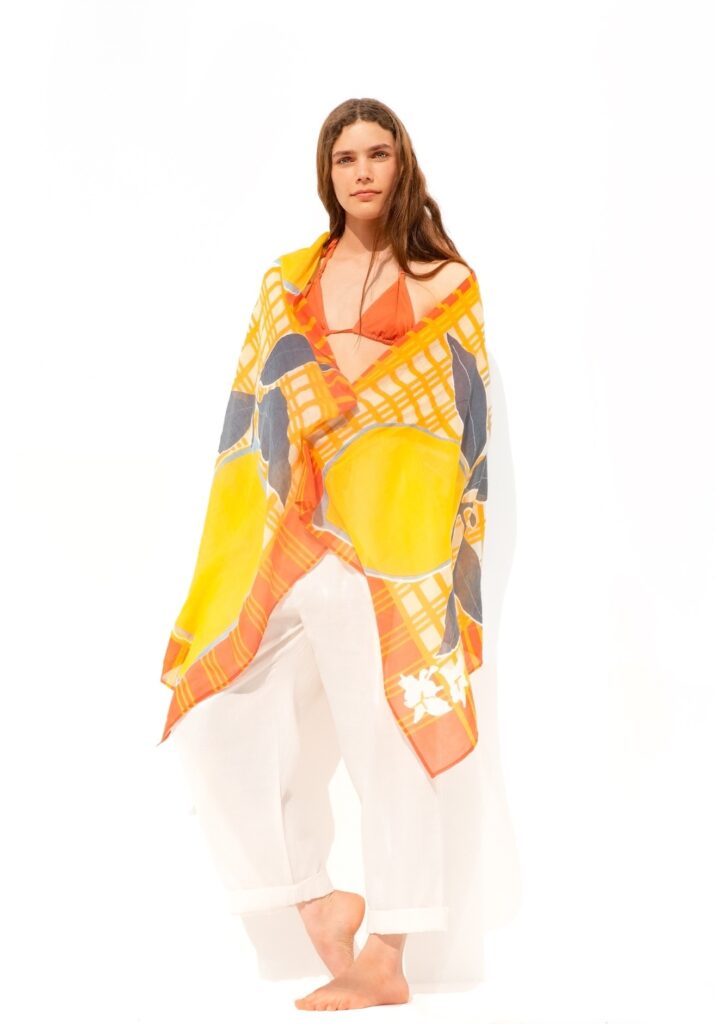
6. Can you describe some of the biggest challenges you’ve faced in building and promoting your business?
When working with artisans in emerging countries like Africa and India, rather than with some big factory somewhere, real life can complicate things. The recent heatwaves in India caused huge delays in printing, for example, while rains can affect the dyeing process in Ethiopia. There’s just nothing you can do about it but wait it out. A good life lesson.
Promoting the business is a whole other issue. We’ve had some amazing press (thank you Catherine Zeta-Jones and New York Magazine!) but you can never have enough! (Thank you for asking me to participate here on Harness!)
One high-profile and universally adored woman is a fan and bought wraps to have on hand at her famous husband’s big birthday bash on Martha’s Vineyard a couple of years ago. A photo would have done wonders for my small business, but they asked that I not share publicly. I still adore them.
Instagram is a thing. Google Ads, another nut to crack. I hope happy customers keep sharing with their friends! Word-of-mouth is the best.
7. How do you manage the pressure and stress that come with running a business, especially one with such a unique mission?
I try not to stress. I have to trust that all will work out. I started Shoo for Good for worthy reasons, trying to help people and make a difference in the world. Knowing I’m doing this for the artisans and people at risk for malaria keeps me grounded and plowing ahead.
8. Have there been moments when you doubted yourself or the success of Shoo for Good? How did you overcome those doubts?
Yes, I doubt myself sometimes. I wonder how not everyone is snapping up these gorgeous (and practical) scarves. Getting word out is h a r d and, because they’re all handmade and of high quality, they’re not inexpensive. But then I figure selling just one scarf makes a difference in a family’s life. That’s better than doing nothing at all. So I keep at it!
9. What strategies have been most effective for getting the word out about Shoo for Good? See above. Basically good press, word of mouth, and Instagram.
11. How do you measure the impact of Shoo for Good on the communities you aim to support?
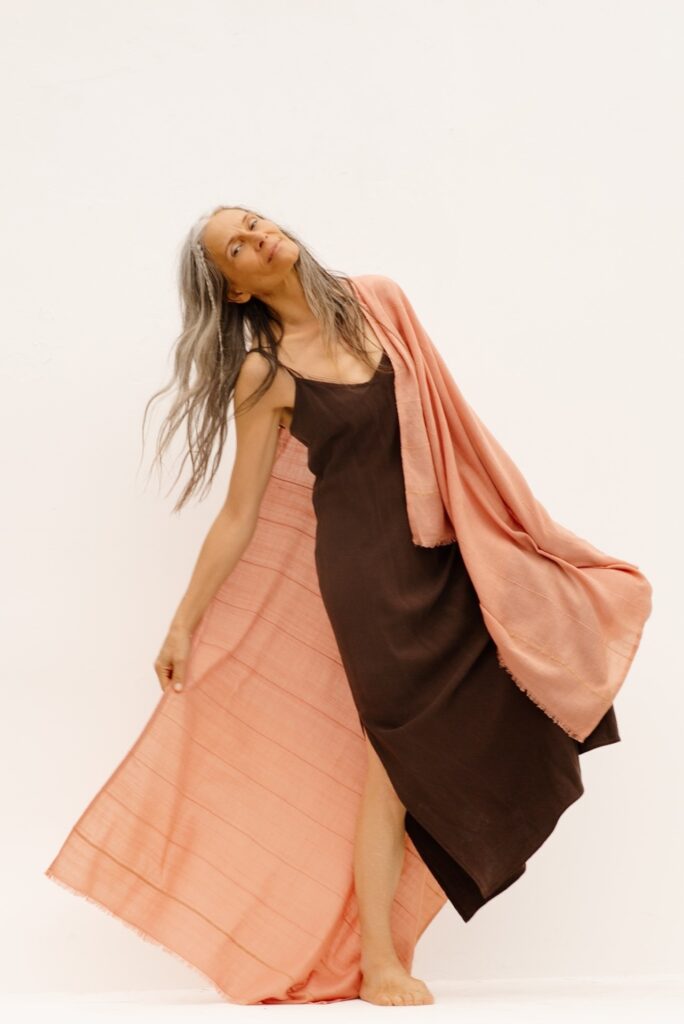
I’m in close contact with the people at United to Beat Malaria. They keep me updated on the impact our work has on the communities they serve, the bed nets and other aid that are delivered. I also join them in their annual Leadership Summit to meet with members of congress to help with funding. Their website is super informative, and, if you’re so inclined, you can sign up to help with the Summit there, too. United to Beat Malaria.
In India, I’ve met and worked with the artisans who print our scarves. I know how much they’re being paid and how far it goes in their communities. I also see first-hand how hard they work, which makes my admiration grow.
I was on my way to Ethiopia when I caught Covid, so an in-person meeting will be for another day, but I’m in contact with the women running the cooperative who share with me the struggles—and joys—of the artisans. The co-op offers women economic independence through steady work, ongoing training, and the option to work from home or in safe environments.
- Can you share a memorable success story or impact that Shoo for Good has had on someone’s life?
While it’s hard to pinpoint a singular person, I know we’re making a difference in the lives of many in malaria-stricken regions. If just one family receives a bed net thanks to the sale of a Shoo for Good wrap that will 1. Give the family peace of mind, enabling them to get a good night’s sleep; 2. Allow that well-rested parent to work the next day and that well-rested child to attend school; 3. Prevent a parent from getting sick and losing workdays due to illness and prevent a child from dying from malaria.
- What advice would you give to other women who are thinking about starting their own socially impactful business?
Do it! Give it a try. It’s just the best feeling to be able to work hard and give back. There are so many worthy causes. Find one that means something to you and aligns with your business idea and go for it! Having a bigger cause behind you will keep you going.
IG: @shooforgood

